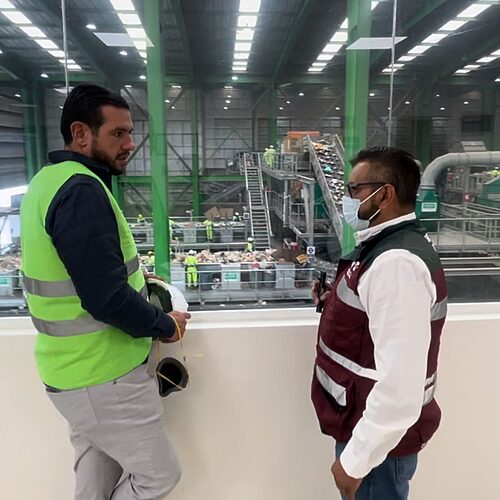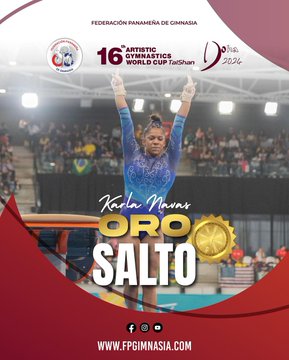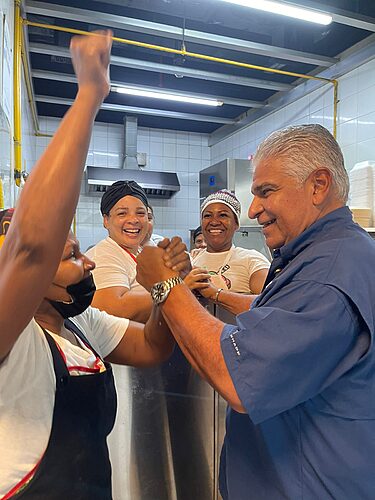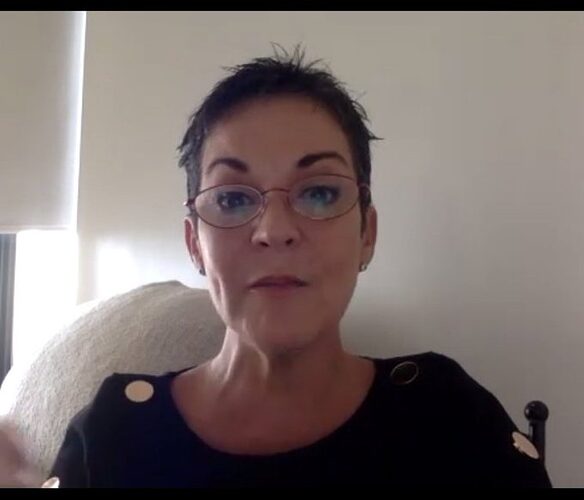Panamanian ownership has transformed a staid, state-owned utility into a modern business.
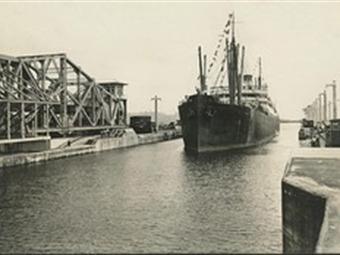
| agosto 18, 2014
Panama City, Panama
More than 2,000 guests—ladies in dazzling evening gowns, gentlemen in dark suits and ties—turned out at the cavernous Figali Convention Center here on Friday night for what you might call the gala of the century. It was the 100-year-anniversary celebration of the opening of the Panama Canal.
The main event was a singing and dancing extravaganza that told the story of Panama from its geological rise from the sea three million years ago to the present day. Acrobats undulated across the stage and twirled from above on ropes and trapeze swings to simulate the birth of the isthmus that would separate two great oceans.
The S.S. Ancon leaves the west chamber of the Gatun upper locks and enters Gatun Lake along the Panama Canal in this August 15, 1914 photo Reuters
A flamenco performance marked Spanish colonization. A Chinese dragon and a West Indian calypso singer commemorated the unsung heroes who provided the grueling and dangerous manual labor to breach the isthmus centuries later. Flappers jitterbugged in a salute to the U.S. and its success in completing the canal after a French failure. Jazz great Danilo Perez, folk singer
Sandra Sandoval and salsa king Rubén Blades, all Panamanian celebrities, performed. Onetime Panamanian boxing sensation Roberto Durán made an appearance.
Panamanians are proud of their canal. You may wonder why since this most spectacular of engineering feats is purely the product of American ingenuity and initiative. Without the can-do Yanks of the early 20th century—scientists, surveyors, engineers, industrialists, medical researchers and doctors—it might never have been built.
Yet from the perspective of this tiny nation of 3.8 million, the ‘centenario’ celebration was a moment to recognize its own canal accomplishment—15 highly successful years of administration—and a promising future.
When Jimmy Carter signed an agreement in 1977 to turn canal ownership over to Panama, many were betting that Panamanians were not up to the job. The locals have proven them wrong—and then some.
Under Panamanian leadership, the canal has not merely been maintained as one of the world’s premier shipping routes. It has been transformed from a staid state-owned public utility, with
its quasi-socialist ‘zone’ for employees, to a modern business that aims to maximize revenues and compete internationally. The privatization of the ports on both coasts and the railroad that runs alongside the waterway, as well as the construction of a third set of locks, are testaments to the visionary and entrepreneurial thinking that Panamanian ownership has brought.
In an interview on Wednesday with canal authority CEO Jorge Quijano, a canal employee for almost 40 years, I asked how Panama has managed to protect the canal from political interference. He gives the credit to President Guillermo Endara (1989-1994), who had the foresight during the transition period from U.S. to Panamanian management, to see that mere laws would not be enough. Endara led the effort to protect the independence of the canal authority with a constitutional amendment, making it harder—though not impossible—to politicize its operations.
Mr. Quijano also points to what he calls the ‘canal culture’ of professionalism at the canal authority and on the board of directors. That came from the Americans but the Panamanians inherited it and have maintained it, as I observed at the great stone headquarters building on the hill in the canal zone that was for so long a symbol of the American presence and where Mr. Quijano has his office. The neatly kept grounds and offices and the disciplined staff suggest high-quality human capital and managerial proficiency.
As in any business, there are challenges. The 1914 canal is neither wide enough nor deep enough to handle ‘post Panamax’ ships and Mr. Quijano says that Panama has lost some business to Suez because of it, even though the Suez route from the Far East to the U.S. eastern seaboard takes some four days longer.
‘We should have finished [the new larger locks] two years ago,’ he readily admits. One slowdown came earlier this year when the Spanish consortium hired for the work demanded more money because of cost overruns. Panama refused, and most of the project ground to a halt.
Construction has now resumed while disputes are being adjudicated.
When I asked Mr. Quijano if he is concerned about the proposal by a Chinese-Nicaraguan company to build a competing canal in Nicaragua, he smiled and said that they may ‘know something I do not.’ But he pointed out that ‘in 122 years, the Panama Canal has removed 545 million cubic meters of earth. The proposed Nicaraguan canal would require the removal of 5.5 billion cubic meters.’ The obvious conclusion is that building a Nicaraguan waterway across the isthmus in five years, as the Chinese-Nicaraguan company proposes, borders on fantasy. Mr. Quijano says his estimates are that it would cost $67 billion to $70 billion, making it prohibitive for any private investor.
Nicaraguan shortcut or not, Panamanian canal managers understand that their canal’s survival depends on global competitiveness. Whether Panama’s political class has absorbed any lessons from the canal authority’s success remains to be seen. The answer might well determine whether sesquicentennial celebrations will be as joyous.
Write to O’[email protected]


